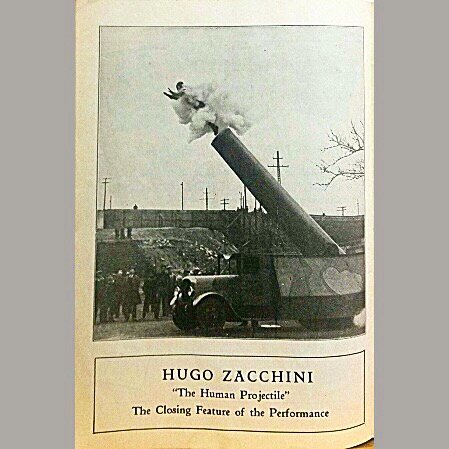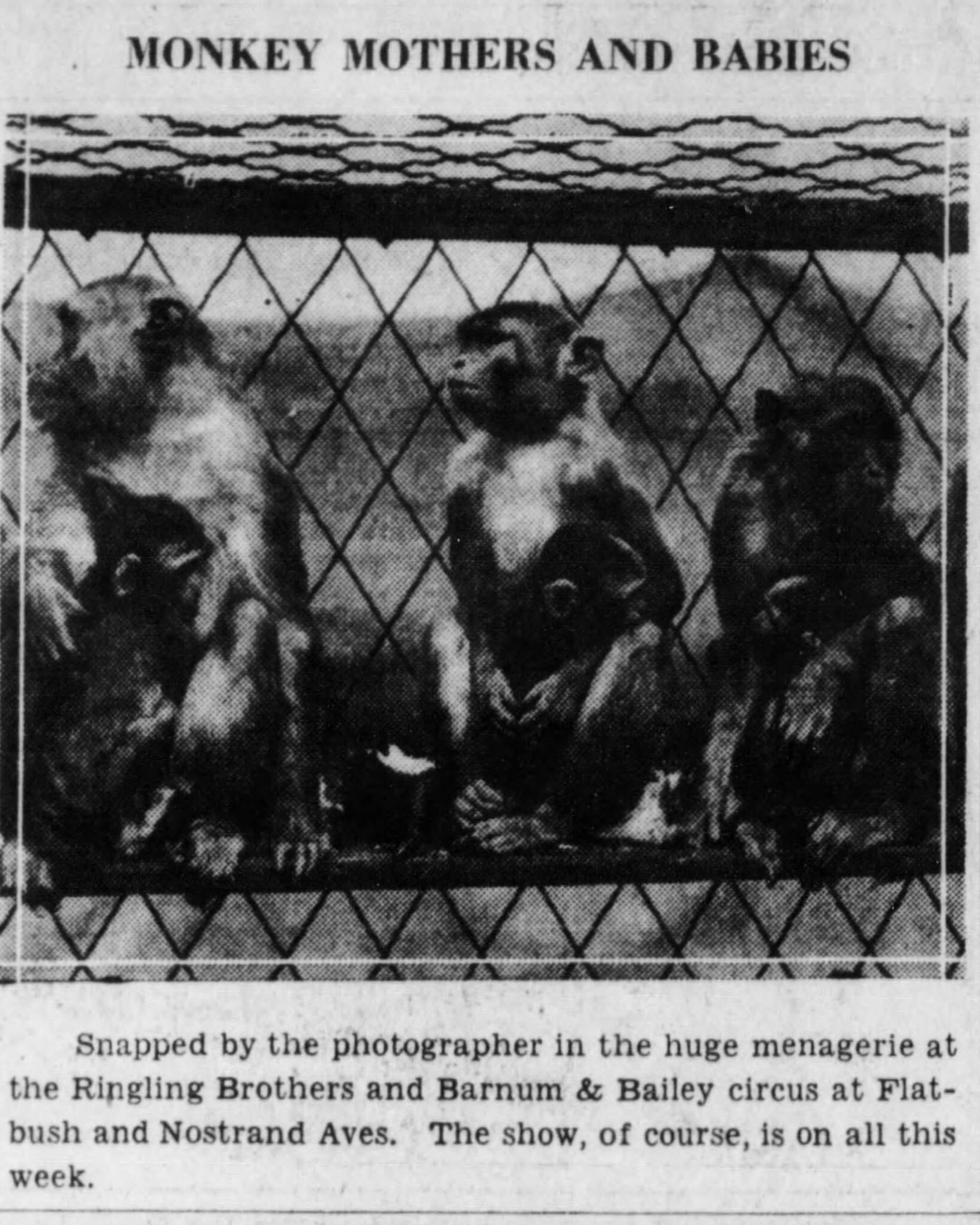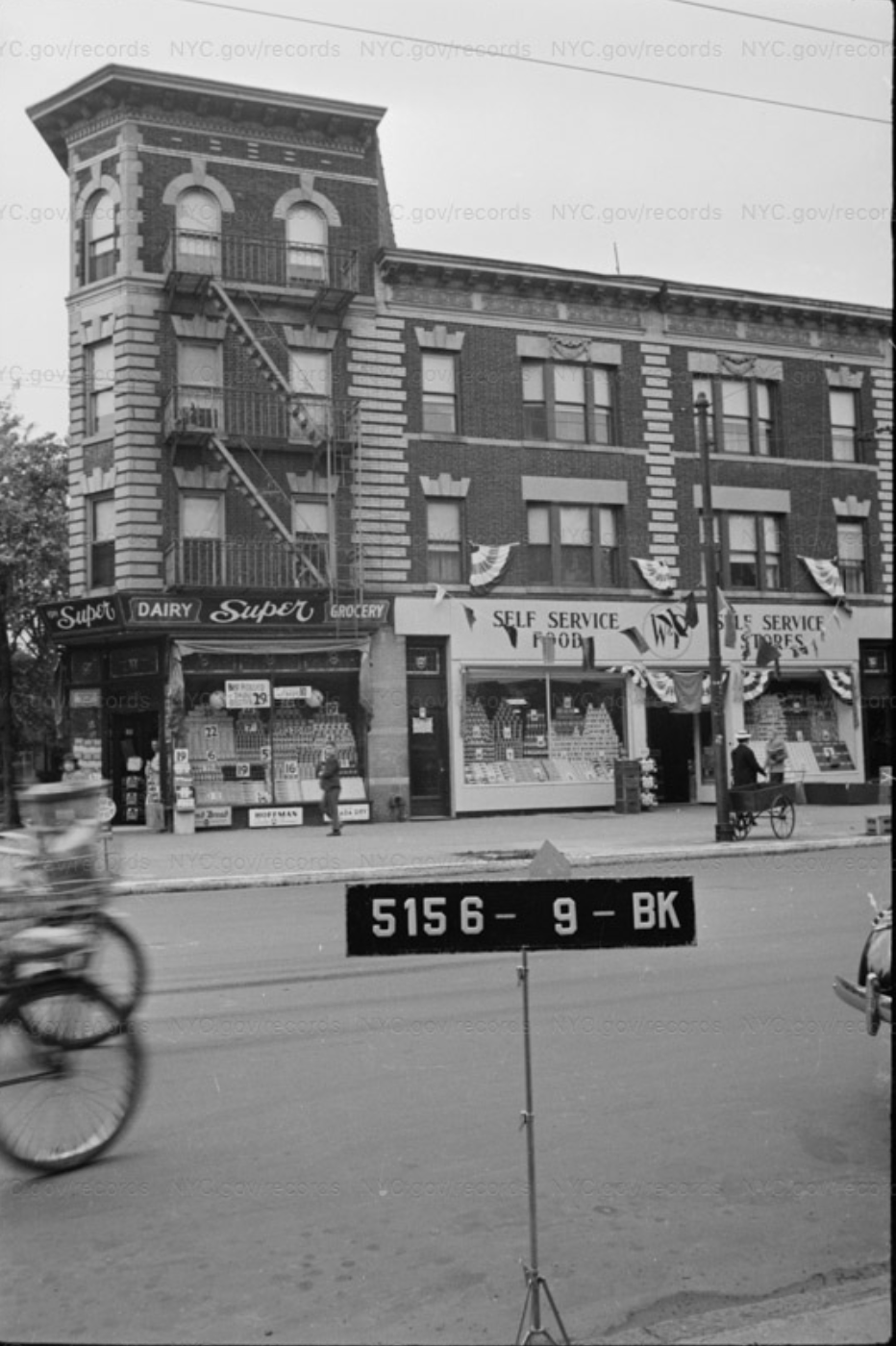When the Circus Came to Flatbush
In the 1930s, after playing (the old) Madison Square Garden each year, the Ringling Bros & Barnum and Bailey circus would go up to Boston for a week and then hit Brooklyn on its way back down to Washington DC, where it would perform in Flatbush at the Junction — the intersection of Flatbush Ave and Nostrand.
I’ve been fascinated by the circus ever since watching American Experience’s fantastic documentary series on the American circus that you should go watch. Back in the ’30s, circus people literally “ran off and joined the circus” because they didn’t fit in where they came from. Traveling around the country (and the world) under often-grueling conditions, they found a community among people who performed to pay the bills.
In 1932, the circus performed at the Junction the second week of May, putting on two shows a day at 2 and 8pm. On May 8, the Brooklyn Daily Eagle reported somewhat theatrically, “What but a few days ago was barren terrain at Flatbush and Nostrand Aves will be by tonight a miniature city populated by some 1,800 people and hordes of elephants, camels, zebras, encaged animals and what not.” It also cheerfully noted that canvas tents had been “treated with paraffin to make them as waterproof as possible.” Paraffin, humans would later realize, is rather flammable. In the 1940s, it would help ignite a horrific circus-tent fire 100 miles north in Hartford.
In the ’30s, circuses (really wish we called them “circi”) also served as traveling zoos, and I shudder to think how the animals they carted along with them were treated back then — even though the Eagle explained that the elephants would be given giant nighties if it got too cold outside. The paper also reported that a baby zebra was born just before the zoo left Boston, and this tidbit:
Another animal curiosity at the big show is the strange comradeship between Rose and Mary, two orangoutans, and Butch and Lady, Boston bulls. Last night, when it got cold, Mary found a burlap bag and tucked in the two dogs.
Nothing else that was so cute but also so sad (that also involved orangoutans) has ever happened in Flatbush history. 🎪
Before arena tours, auto shows, and monster truck rallies, the circus was pretty much the hottest ticket in town. The Eagle had several reporters covering it throughout the week. After premiere night, one of them, Jo Ranson, wrote excitedly that “It’s a puzzle to select the best of the many fine happenings at the Flatbush and Nostrand Avenue grounds!” and “You can’t help but use superlatives in describing the show here this week.”
He also reported on the various personalities who performed, including “human projectile” Hugo Zacchini, who was blasted out of a cannon; aerialist family The Famous Wallendas (later known as the Flying Wallendas); and strongwoman Lucita Leers. Also performing was (in)famous aerialist Alfredo Codona and his wife Vera Bruce.
From a Mexican circus family much like the Wallendas, Alfredo Codona was considered the most talented acrobat of his time. It was hard not to be wowed as he performed triple somersaults hundreds of feet above your head, and it didn’t hurt that he had a Clark Gable kinda-thing going on. The newspapers also loved that he had a messy and tragic personal life. He had been divorced, and when he got remarried it was to a fellow aerialist, Lillian Leitzel, a talented and popular performer known as “The Queen of the Circus.” But in 1931, Leitzel died tragically during a show in Copenhagen when one of the rings she grabbed in mid-air broke.
The next year, Codona toured with Ringling Bros — including the stop in Flatbush — alongside Vera Bruce. Originally trained as a bareback horse rider, Bruce had taken up the trapeze with Leitzel as her mentor. Four months after performing in Flatbush, Codona and Bruce would marry, and it would end even more tragically for Bruce than it had for Leitzel. In 1934, Codona injured himself and could no longer work…and there’s nothing more dangerous to a woman than an unhappy man. Three years later, Bruce sued Codona for divorce on the grounds of cruelty. Not content to let her move on without him, Codona pulled out a gun in a divorce attorney’s office, murdered her, then killed himself.
Sorry to bring down this circus story but that’s what happened! To make it better, I’ll tell you about Bob Sherwood. He lived on Rugby Rd and was a former circus clown. No one was more excited about the circus coming to Flatbush than this guy, who used the word “mayhap” and totally made it work. He told the Eagle:
If going to the circus can help bring for a brief space the boyhood of the man to the surface, mayhap some of the unwanted burdens of so-called maturity will lose part of their weight. So let us all go to the circus this season…like flowers that bloom in the Spring, may the circus long continue to bring color and cheer.
I’ don’t have a boyhood, but let’s do it, Bob!
The heavily publicized “human projectile” Hugo Zacchini was met with “many oooohs and aaahs,” according to the Eagle. (Image via the Internet Antique Shop.)
Tragic acrobatic couple Alfredo Codona and Vera Bruce performed in Flatbush only a couple of years before Cadona was forced to retire. (Image via Circopedia.)
The circus was known to set up at the corner of Nostrand & Flatbush, but these photos from sometime in the 1930s show circus tents at the corner of Clarkson & Brooklyn (an intersection that no longer exists, due to SUNY Downstate Medical Center). My guess is that this is where they lived while performing at the Junction. (Photo: Eugene Armbruster via The New-York Historical Society.)
The circus camped out in Flatbush. I could spend about 5 minutes looking at this photo alone. I think an elephant is getting a bath? (Photo: Eugene Armbruster via The New-York Historical Society.)
This map from the May 8, 1932 Brooklyn Eagle shows where at the Junction the circus set up. Much of it was on the present-day location of Brooklyn College.
Program for the 1932 Ringling Bros. & Barnum & Bailey circus. (Photo via the Internet Antique Shop.)
The circus in Flatbush. I’m very intrigued by the “Boxing Fat Girls” marquee on the upper right of this photo. (Photo: Eugene Armbruster via The New-York Historical Society.)
The hustle and bustle of the circus at the future site of Kings County Hospital as captured by photographer and historian Eugene Armbruster. (Photo via the New-York Historical Society.)
The Brooklyn Daily Eagle reported on the circus every day it was in Flatbush in May 1932.
In the 1930s, circuses also served as traveling zoos at a time when animals’ comfort and safety were not made a priority.













When telephones were the latest new-fangled tech in Flatbush, including a rundown of old Flatbush exchange names.